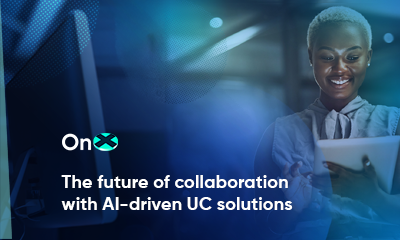
Digital transformation is a complex, multi-faceted endeavor designed to convert the enterprise business model from the rigid, product-oriented functions of the past to a dynamic, flexible, service-based operational model of the future.
Clearly, this will be no easy task, in large part because the details of this change will be unique to each organization and there is still no clear definition of success. Indeed, the very idea that this process will ever come to a conclusion is rather suspect given the continual evolution of data systems and infrastructure.
One thing is clear, though–this is not merely a technology play but a wholesale reimagining of the enterprise and its role in the emerging digital economy. In fact, technology is merely the tool that organizations will use to effect changes in products, services, processes, markets, and even the business model itself. In this new environment, we can expect to see the continued rise of digital disruptors like Spotify and AirBnB, and perhaps the rise of all-new industries that will exist wholly in a digitally defined economy.
As any mechanic can tell you, selecting the right tool for the job is crucial to a successful outcome. Fortunately, the modern enterprise has a plethora of digital tools at its disposal and, unlike previous eras, they are available in abundance at a relatively low cost. This can be a double-edged sword, however, since it can be worse to have too many choices than not enough.
Migrating the IT environment to the cloud, and in most cases multiple clouds, is one of the most effective ways to ensure that diverse resources are available at scale. But this can be a complicated process, both during the migration and afterward in the operational state. For one thing, applications must be managed within a container orchestration platform, which isolates them from the underlying operating environment to provide easy portability between the various cloud domains.
Likewise, the emerging DevOps model of application and infrastructure management is highly advantageous when devising a lean, services-driven strategy, but it can prove problematic if it cannot encompass multiple clouds like Azure and AWS. To get around this, many organizations are turning to open APIs or interfaces of their own design that can expose services to partners or customers no matter what infrastructure they use.

Along with the primary tools, the digital enterprise will need to acquire a wide range of secondary tools to ensure a smooth working environment. These include things like data protection and security, analytics, automation and disaster recovery. And in relatively short order, we can expect artificial intelligence to permeate all of this.
This leads to the central question in digital transformation: how is the enterprise supposed to stock its toolkit for the digital future? Expertise in many of these technologies is very hard to come by, as are the skills needed to integrate them under a cohesive working environment, which must be accomplished quickly and non-disruptively.
The most effective way to navigate this course is to align with a strong technology partner with the acumen to not only identify and implement the right tools but to ensure they are being utilized to produce optimal results.
As a leader in all facets of digital transformation, OnX provides the know-how to ensure the enterprise avoids the pitfalls that have been experienced by early adopters even as the transition strategy is tailored to the unique requirements of individual business models and legacy infrastructure.
Digital tools are no different from their mechanical counterparts in that they are of little help to those who don’t know how to use them or do not understand their role in completing the finished product. Most enterprises have built up considerable knowledge regarding legacy tools and their applications to existing business models but have little insight into how to manage a fully digital ecosystem. Indeed, this is roughly equivalent to the difference between driving a car and flying a jumbo jetliner.
With a partner like OnX, the enterprise not only acquires the knowledge surrounding the emerging digital toolkit, but the vision to build the next-generation data environment.
Download our eBook to learn how OnX can help future-proof your organization with a digital transformation.















